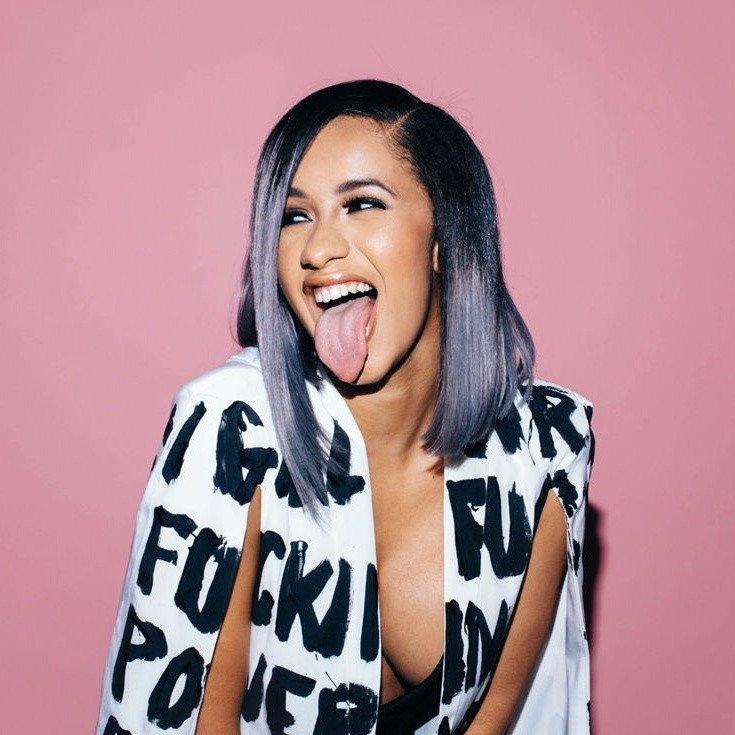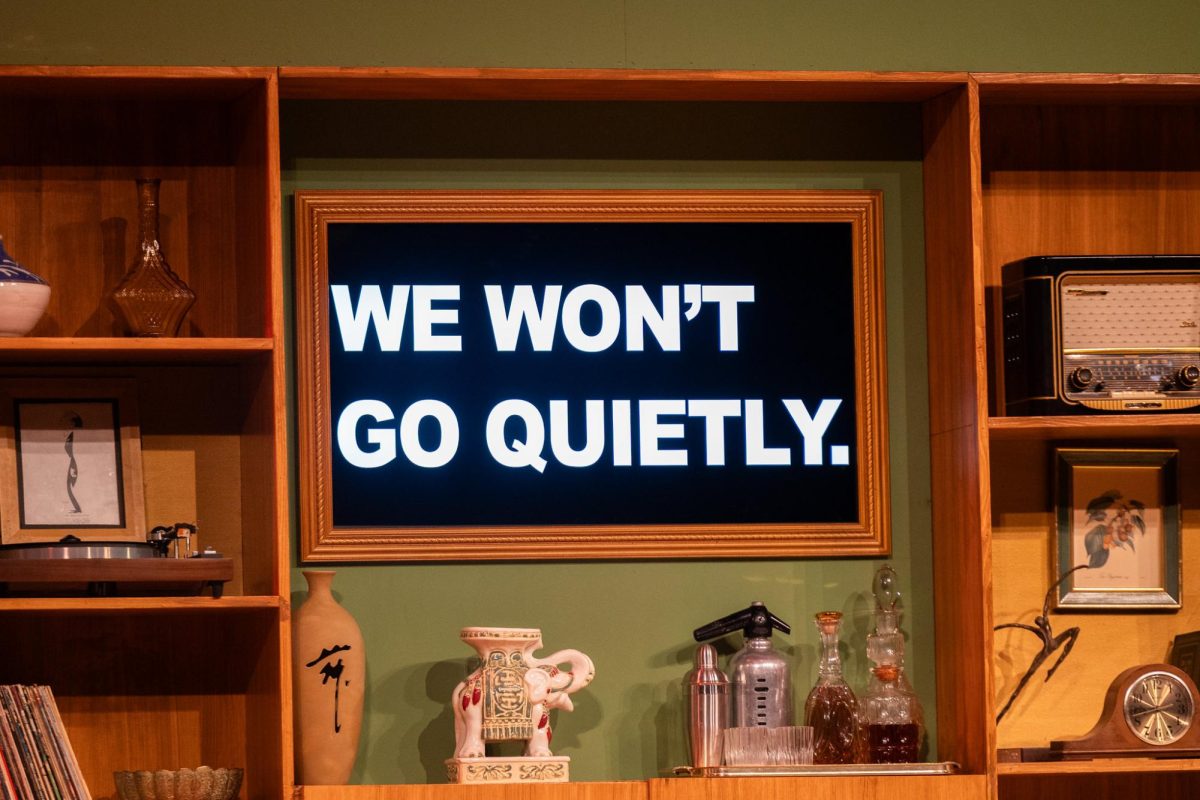The hip-hop industry is known for pitting top female artists against one another, which leads to irrelevant arguments, rivalries and an overall negative environment. It fosters the idea that only one female rapper can reign supreme, while on the other side, there are several successful male rappers that thrive. Artists like Cardi B are slowly but surely turning around that stereotype, one record-breaking single at a time.
Recently, Cardi B topped the Billboard Hot 100 chart with her fierce, unfiltered single “Bodak Yellow (Money Moves),” making her the first female rapper in almost two decades to do so. The first was Lauryn Hill in 1998 with her debut solo single “Doo Wop (That Thing);” her first single separate from her former band the “Fugees,” which was a male dominant group.
Besides Lauryn Hill, there have been three other female rappers to have earned that coveted number one spot; however, they had help from or assisted other artists. These women include Lil’ Kim in 2001 for “Lady Marmalade” featuring Christina Aguilera, Mya, and P!nk, Shawnna in 2003 being featured on Ludacris’s “Stand Up,” and Iggy Azalea in 2014 for “Fancy,” featuring Charli XCX.
However a recurring question is; why has it been so long since another woman has taken the coveted number one spot? To put it bluntly, women in the hip-hop industry have a history of overcoming countless roadblocks to get the same exposure and success as their male counterparts. In some cases to overcome these obstacles, women had to settle for being considered as secondary artists when compared to men; hence why some male artists feature them on hot tracks before they star in their own.
Even though it may seem as if the gender demographics of mainstream hip hop are still skewed towards male artists, there is no drought of female rappers, DJ’s and emcees. The booming popularity of Cardi B aids in giving more attention to the rise of new artists such as Noname and Kodie Shane. Other female music veterans also understand the importance of supporting fresh up-and-coming artists.
The challenge these new artists face is turning themselves into a common, household name. This is difficult because, typically, female artists have to spend more time proving themselves as potential successful rappers. Also, they are not taken as seriously in the industry and often have to fall to producing gimmicks to get where and what they want.
While dealing with those obstacles, female artists also have to face that, as a gender, they are blatantly written about in a derogatory and disrespectful manner by their fellow male artists. Hip-hop culture is, by far, not the only subset of the music industry that mistreats women, but the objectification and discrimination of women has been a recurring topic in the genre and still is prevalent today, Rick Ross’ verse in Rocko’s “U.O.E.N.O” being a prime example.
It is also important to note that not all male artists in the hip-hop industry have the same unapologetic sexist attitude. Especially as time goes on, the industry is starting to see rappers like Kendrick Lamar emerge. He embodies the elements of hip-hop culture, but also delivers pressing political and societal messages instead of portraying the typical boss man who is rolling in money and half-naked women.
2017 seems the year where the music industry as a whole begins to finally give female rappers the recognition they have always deserved. The hip-hop genre specifically needs to shed its institutionalized sexism and build towards developing a support system among male and female rappers alike. If artists like Cardi B continue to rise, the future of the genre is not only fierce, but also female.



































